Machine vision and optimization improve waste-to-energy availability and efficiency
A pioneering combination of advanced process controls and grate combustion vision software improves combustion management and availability as well as lowers support fuel consumption at the Tammervoima waste-to-energy (WtE) plant in Tampere, Finland.
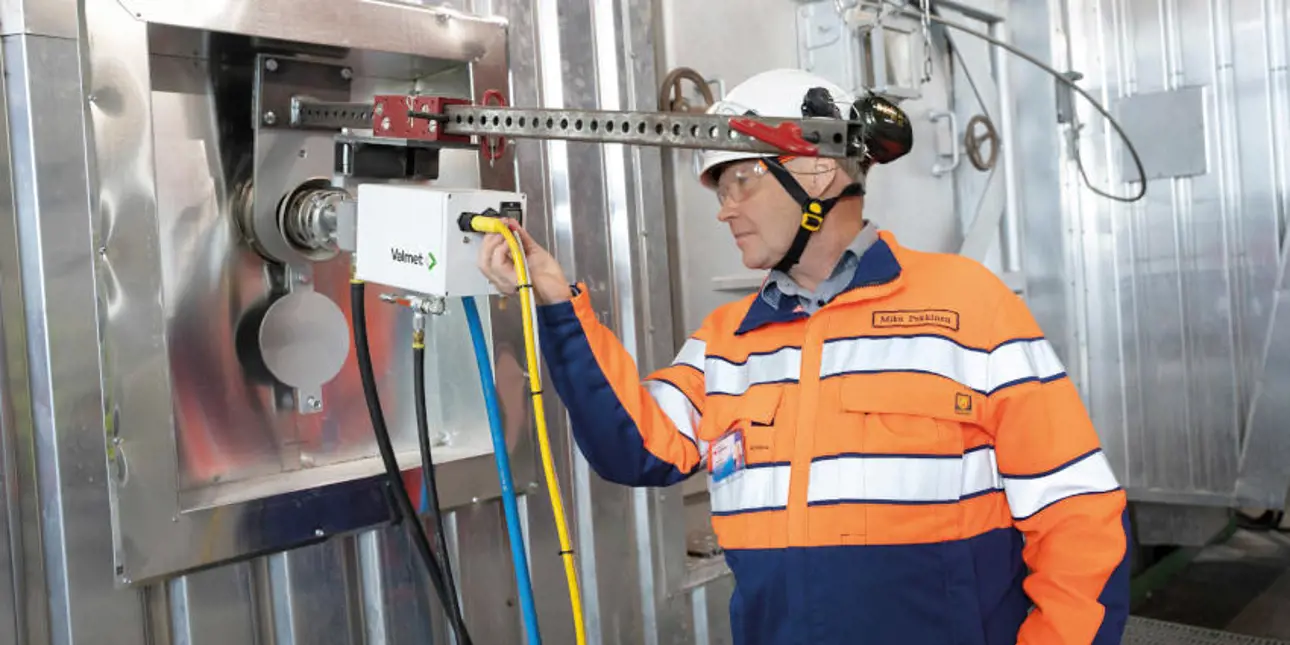
Although circular economy goals are tightening, the quality and heat value of waste fuel have been decreasing. This phenomenon is well known to all waste-to-energy plants. The Tammervoima WtE plant faced this challenge, too.
“Especially in the winter, we have had problems with low heat value and combustion management due to lower fuel quality and increased fuel moisture. Due to these reasons, our consumption of auxiliary fuel, oil, increased by 50%,” says Mika Pekkinen, Tammervoima’s former Managing Director (retired in summer 2023).
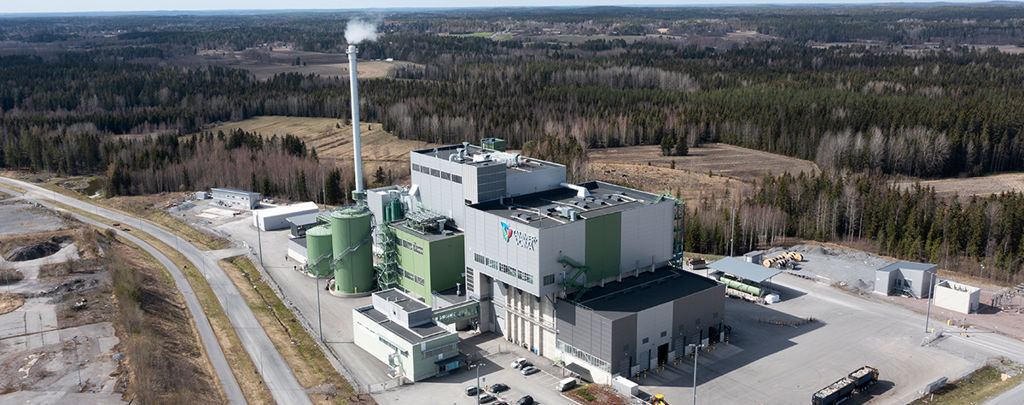
Started up in 2015–16, the Tammervoima waste-to-energy plant in Tampere, Finland, processes 175,000 tons of municipal sorted waste per year, turning it into 400 GWh of district heat and 70 GWh of electricity.
Our target was to manage the waste fuel now better and minimize the use of support fuel. With a jointly developed optimization solution, we can now control the grate better, ensure accurate fuel feed and thorough combustion as well as automate manual functions during process upsets. Most importantly, we are able to avoid unplanned shutdowns,” Pekkinen says.
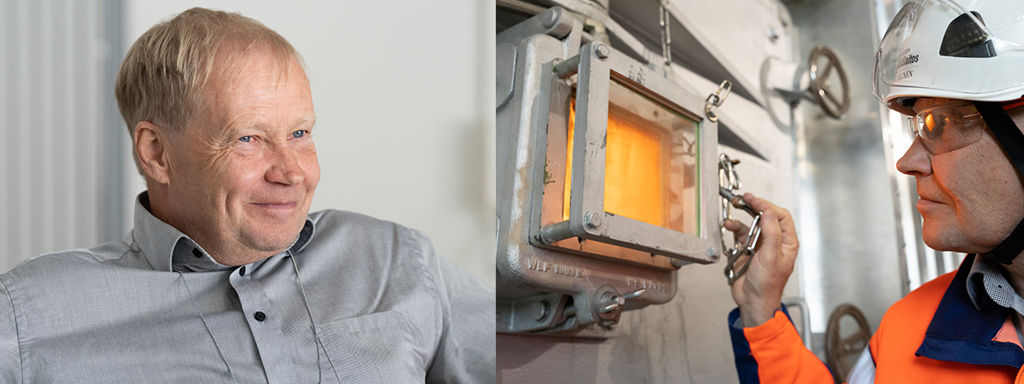
Tammervoima’s former Managing Director Mika Pekkinen.
Combustion optimization moves to the next level
The first step included the installation of a Valmet Visible Thermal Imaging System provides an HD-quality view to the grate and measures the temperature and flame front location on the grate.
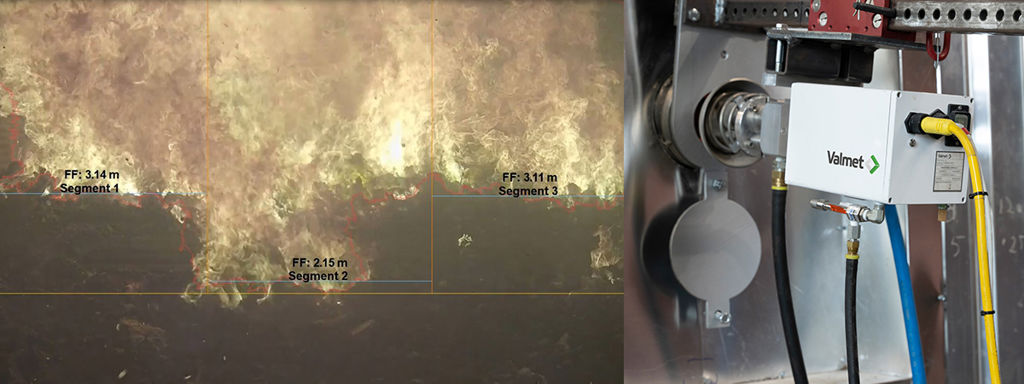
The camera image of the Valmet Visible Thermal Imaging System is processed to measure parameters using advanced algorithms.
Close cooperation with Valmet resulted in the Valmet Grate Combustion Vision application that provides machine vision based-data not easily available with any other measurements.
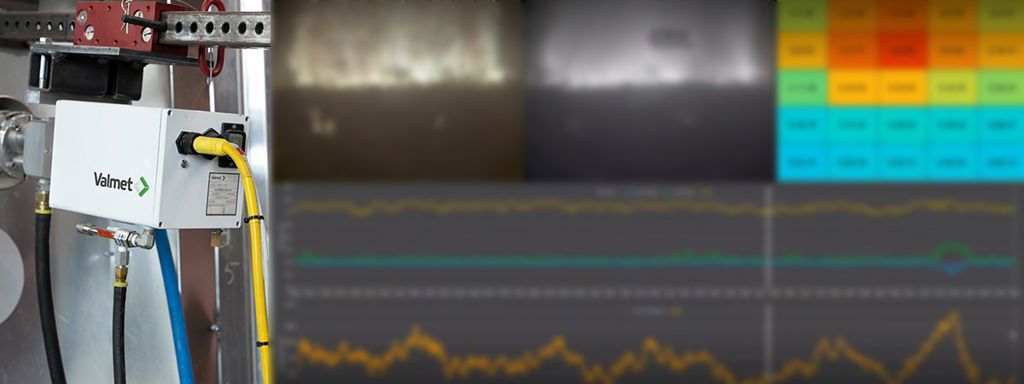
The Valmet Grate Combustion Vision application creates daily fast-forward videos, which enables process analytics and efficient troubleshooting.
After successful Valmet Visible Thermal Imaging System commissioning and Grate Combustion Vision software development, the parties brainstormed to further develop grate controls and utilize new machine vision-based data in advanced process controls.
“I used to carry out calculations manually. However, it was time-consuming, and I had to conclude from several measurements how the situation on the grate was developing,” recalls Janne Ahonen, an operator at Tammervoima.
As part of the development project, the manual calculations and control principles were automated to ensure that the best practices are used in all situations. Additional control screens were created to visualize the status of the process and conditions on the grate.

All image data and new control features are connected to the Valmet DNA-based advanced process controls.
The state-of-the-art solution now automatically controls the grate and section speed as well as the bed inventory indicator. It also optimizes stability and control accuracy to maximize throughput while minimizing the risk of overloading the grate.
“By integrating this machine vision application with our Industrial Internet-based advanced process control solution, Valmet DNA Combustion Manager, we can add functionalities that were not possible earlier,” explains Timo Ojanen, Manager, Boiler Diagnostics, Valmet.
The solution now maximizes grate capacity and throughput as well as improves combustion control through a clear HD image of the grate. Moreover, it increases availability, as the system provides a view of the grate 24/7 and enables operators to see potential process upsets in advance, thus avoiding unplanned shutdowns. Additionally, the system improves safety as it features built-in alarms.
I can now see the situation on the grate at a glance. When we started to use the application, we were running with a full load. We noticed that with the application we could run with an even bigger waste load. And now having also run with a partial load, we can use the application to manage waste quality variation. We need to use oil as a support fuel only seldom and for very short periods of time,” Tammervoima’s Ahonen continues.
“We are able to avoid unplanned shutdowns”
Based on the experience gained, Mika Pekkinen is very pleased with the innovative combustion optimization solution.
Good combustion management is extremely important to reach stable production and avoid unplanned production breaks. Ensuring power plant availability in challenging process conditions is vital to us, he says.”
Through better combustion management, fewer process upsets and lower use of auxiliary fuel, the plant estimates it saves 70,000–90,000 liters of oil annually. This results in major cost savings and lower CO2 emissions.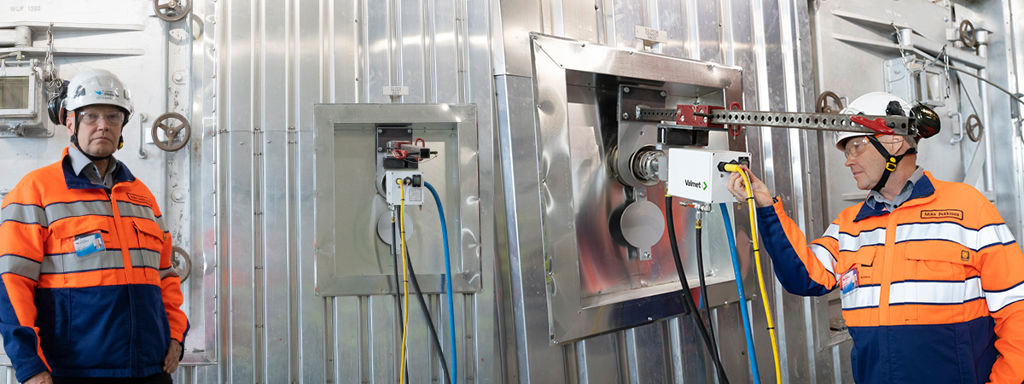
Mika Pekkinen is very pleased with the innovative combustion optimization solution.
Ensuring shift uniformity
Additionally, the solution bridges the experience gap between operators and ensures shift uniformity. Pekkinen continues: “During process upsets or challenging situations, our combustion management used to be based purely on operator skills. Every operator handled them manually with a different solution. And as there was no proper visibility to the grate and no measurement data available from it, combustion was virtually impossible to optimize.”
Now, combustion has more even quality, regardless of the shift operator. The APC solution provides tools for various challenging situations, and the operator does not have to solve them manually,” he says.
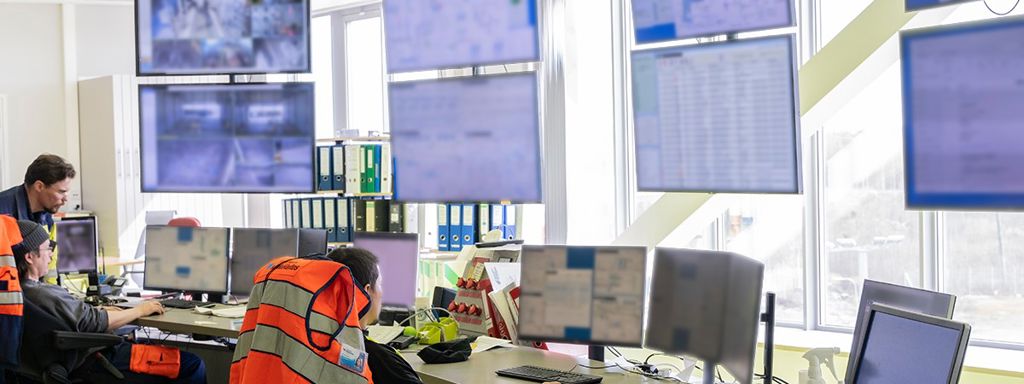
The solution bridges the experience gap between operators and ensures shift uniformity. In the picture, operators Jarkko Nieminen and Jan Aarnimetsä and Valmet’s Timo Ojanen.
Moreover, the solution helps operators when the fuel quality is poor. In case of process upsets, the system provides tools and standard solutions to manage challenging situations.
If the heat value of the waste fuel declines further, this optimization solution will ensure that our plant is able to continue its profitable operation even in the future,” Pekkinen points out.
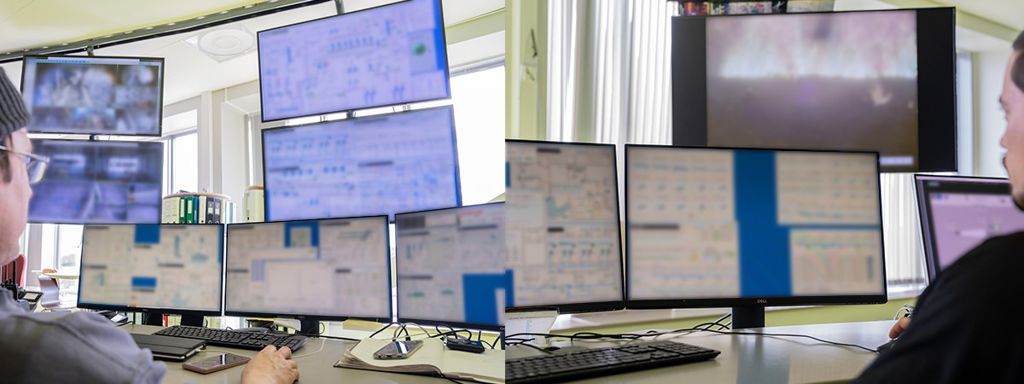
The solution provides efficient operator tools.
One of the many benefits of the new solution is its positive impact on production capacity through better combustion management. Tammervoima had no need for it, however, as they had never overloaded the grate by more than 5–7%.
I bet with this technology, it would be possible to increase production up to 15–20% by being able to manage overload better,” Pekkinen adds.
Success lies in close cooperation
The development work and successful implementation of the pioneering WtE optimization solution are based on close, long-term cooperation between Tammervoima and Valmet.
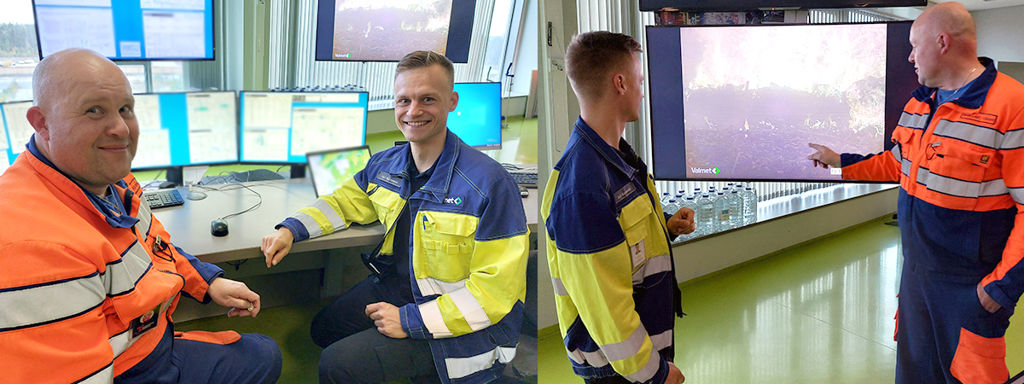
Tammervoima’s experienced operator Janne Ahonen (in the orange jacket) played a pivotal role in developing the solution, as did Valmet’s Senior Application Specialist Jyri Kaivosoja, too.
“Optimization and combustion management are challenging with low heat value fuels. In this project, Valmet and our skilled staff have created a technically outstanding solution,” Pekkinen concludes. “By listening carefully, Valmet experts have absorbed our staff’s user experience and developed a working solution to meet our needs. Without this interaction and transfer of tacit knowledge, it would not have been possible to reach such a good outcome.”
Tammervoima’s Ahonen adds: “We have continued to exchange development ideas with Valmet and are planning to implement them together in the future, too.”
For more information, please contact:
Tiina Stenvik, Director, Performance Solutions
tiina.stenvik(at)valmet.com
or
Timo Ojanen, Manager, Boiler Diagnostics Systems
timo.ojanen(at)valmet.com

